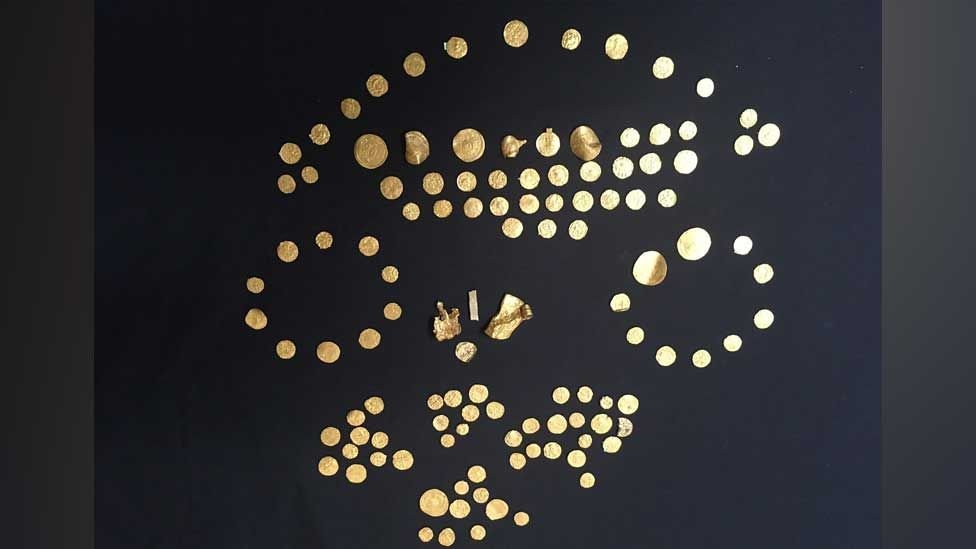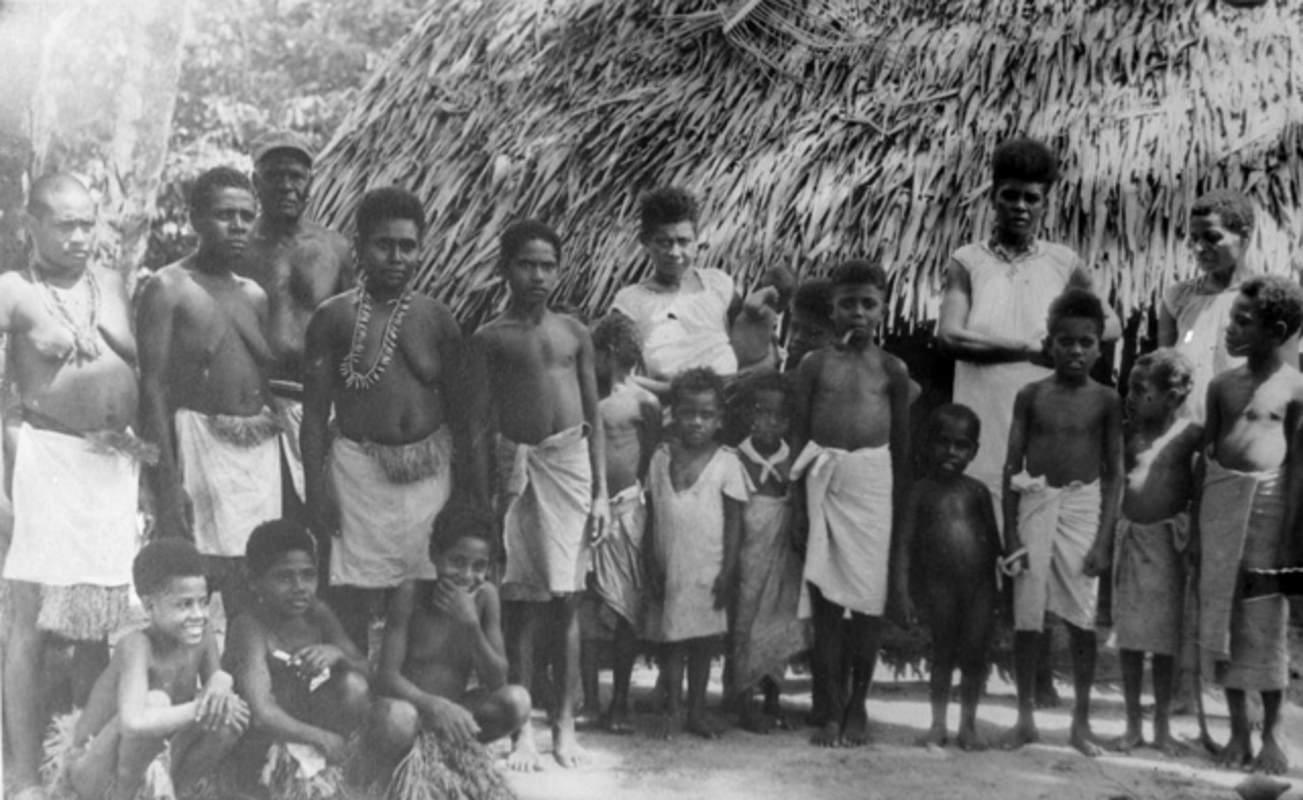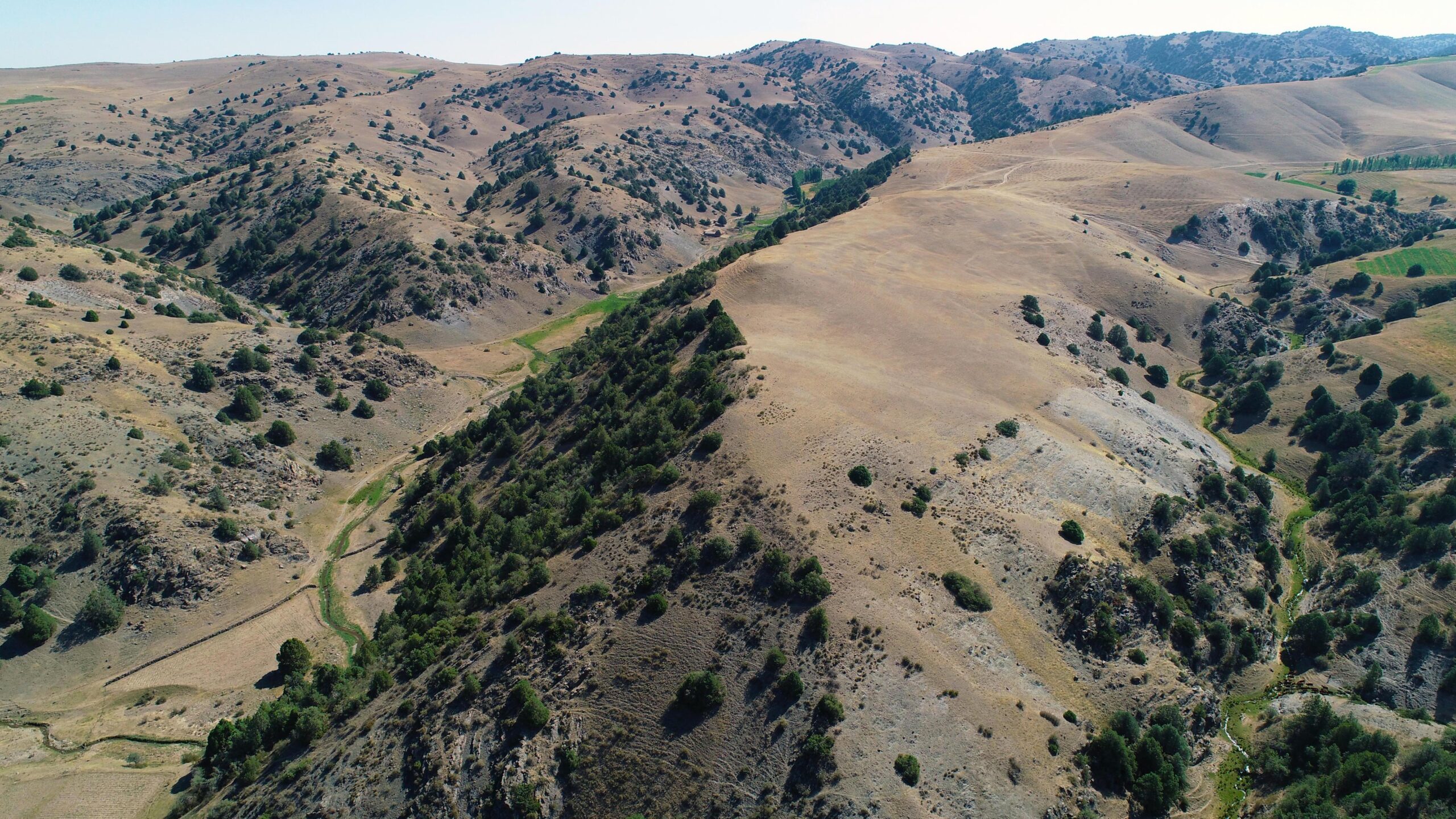PICTURED: The Norfolk Hoard, one of the most important ever found. PC: British Museum. Released.
A hoard of 131 coins, a gold pendant, and a gold ingot, dated to 610 CE, together make up the largest Anglo-Saxon gold coin hoard ever discovered in England, and is described as a find of “international importance”.
Their character is shedding more light on the picture of continental travel and trade during what used to be called the Dark Ages. Clearly for some people it wasn’t so dark, as a number of the coins arrived from far off Byzantium, in modern-day Turkey, a fair distance from west Norwich.
Two detectorists found the hoard, which has been undergoing “Treasure review” by the local antiquity authority, back in 2014. One of the two finders sold ten coins without notifying the landowner, and was handed a 16-month jail sentence for it after photos of the coins at a local shop matched those of photos the culprit had on his mobile phone.
A 2020 article published in Norfolk Archeology by a “numismatist” Adrian Marsden who works for the Norfolk Historic Environment Service, details that while ten of the coins came from the Byzantine empire, the rest came from the Merovingian Franks.
“30 are from Aquitania, 29 from Austrasia, 27 from Neustria, 17 from Burgundia, 5 from Frisia, and 3 from Provincia,” writes Dr. Marsden, telling the BBC that “All the coins were minted on the continent, as we didn’t have gold coins of our own then”.
In total, 54 different Merovingian mints or “moneyers” are represented in the hoard.
The Anglo-Saxons were a pagan/Christian people to occupy England between the Fall of Rome and the Viking Era. Previous hoards from this period have found garnet jewelry whose stones were mined in Sri Lanka, glass made in Rome, and coins minted in Byzantium, indicating that they were not a poor culture, and had extensive trading relations with their neighbors.
A horde of hoards
PICTURED: A map of central Europe showing the origins of every coin in the hoard. PC: Adrian Marsden. Retrieved from: Norwich Archaeology.
The Norfolk hoard, though scattered all over the area likely by centuries of plowing, still contains the largest number of coins of any hoard found to date, and it’s thought they were placed in a barrow, as no underlying structure or evidence of container has been found.
Among recent major hoards, 101 coins were found in Condrall, and the Staffordshire Hoard, one of the most famous of all Anglo-Saxon hoards, was filled with gold and jewels in the form of metalwork decorations, mostly for weapons, but no coins.
Norwich Castle and Art Gallery curator Tim Pestell described the Norwich hoard as an “internationally significant find” which “reflects the wealth and continental connections enjoyed by the early Kingdom of East Anglia”.
Interestingly, two of the coins were minted by dies in the same workshops as those used to make the coins in the Sutton Hoo Ship Burial Hoard, described (albeit by the British) as one of the greatest archaeological finds ever discovered.
Norwich Castle and its museum are seeking to acquire the hoard for its collection.




